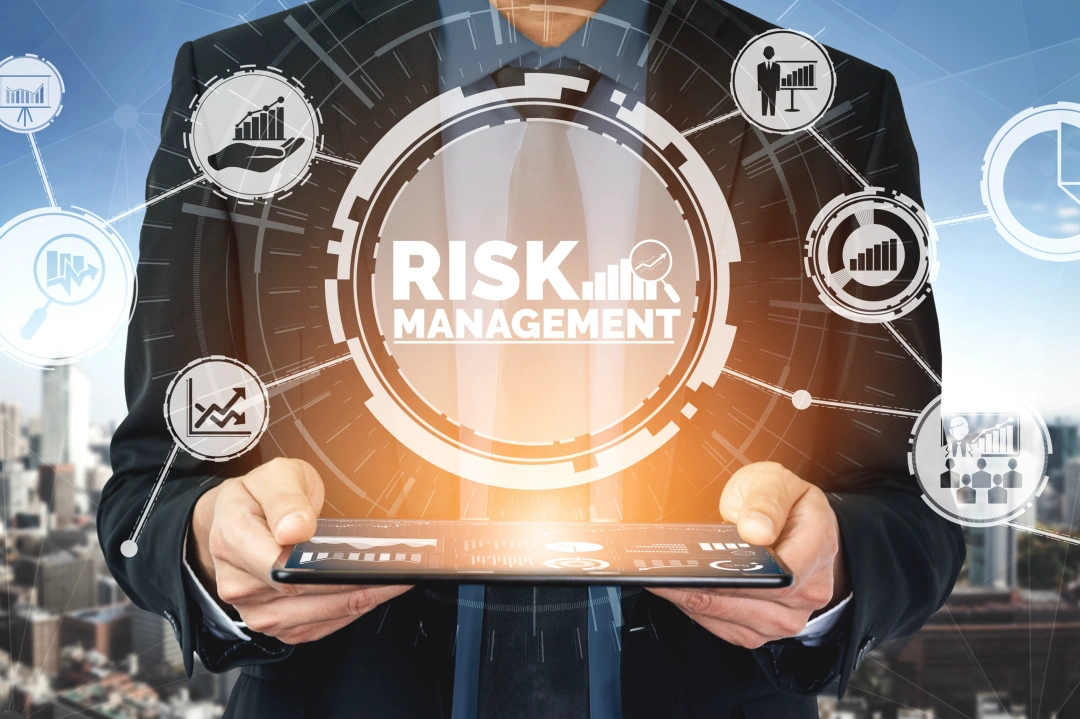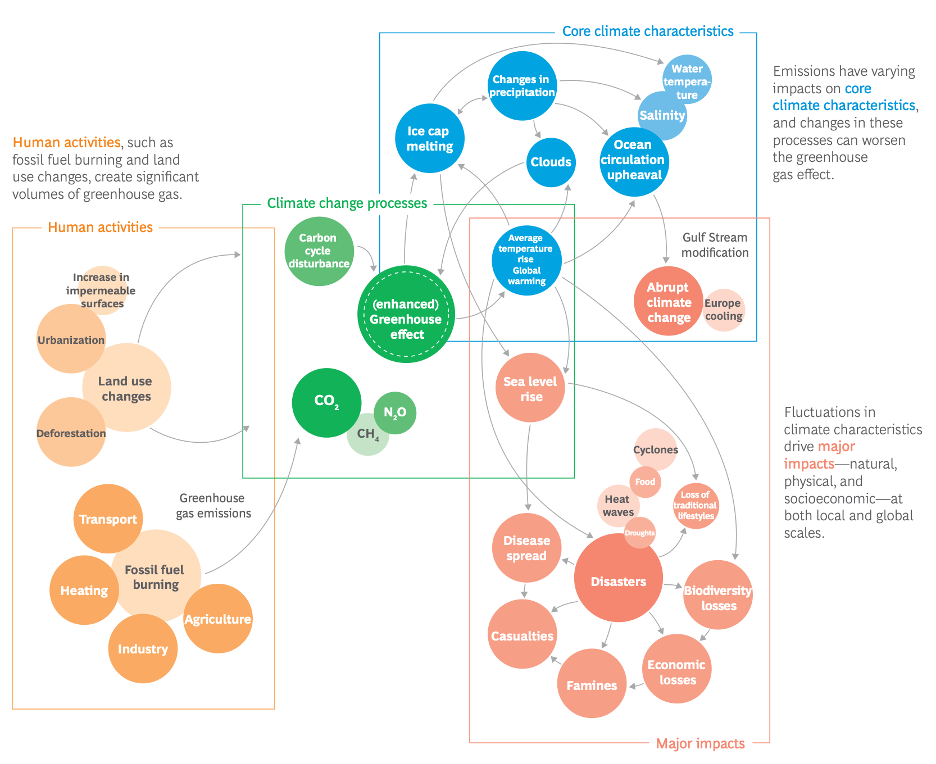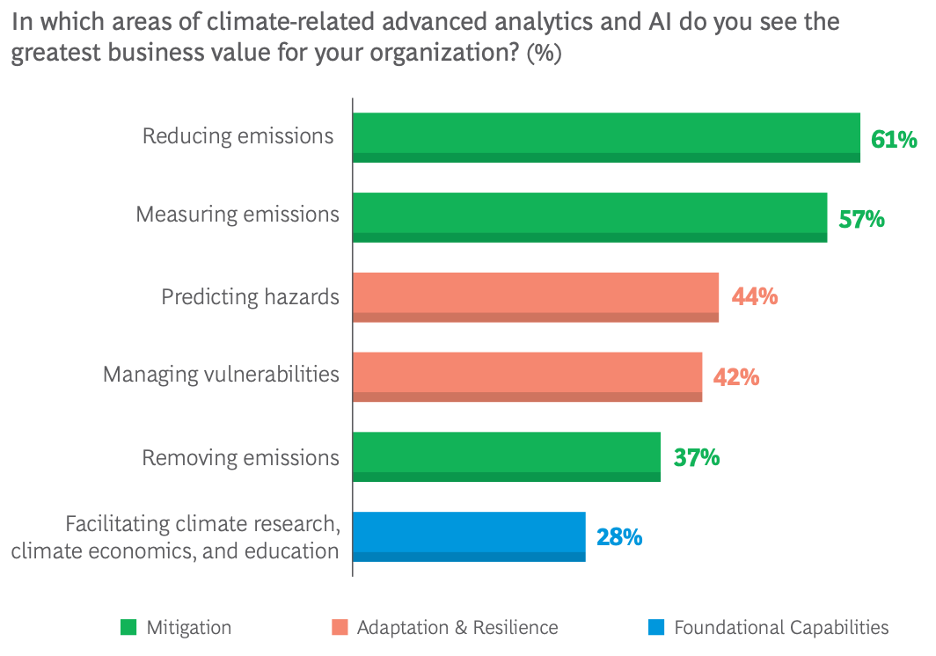
Global rise in forest fire emissions linked to climate change in the extratropics (Science)
‘I said to myself, dirt doesn’t burn’: The people rebuilding their homes with earth
These people are rebuilding homes lost to wildfires in the western US – only this time they are using a material that they hope won’t bur (BBC)
Meteorologists could be climate change heroes by relaying its urgency to the public (The Guardian)
Smoke pollution from wildfires may be killing an extra 12,000 people a year, new research suggests (The Guardian)
Will climate change put the Chicago area at heightened risk for hurricanes? (CBS News)
The colors of the world are changing as climate change is morphing nature’s most beautiful sights (Independent)
Mexico Charts a New Path on Climate Change (Time)
U.S. Department of Energy Invests $58 Million to Tackle Climate Change by Removing Carbon from the Atmosphere (U.S. Department of Energy)
Supreme Court allows Biden to implement plan to curb carbon emissions from power plants (NBC News)
Home insurance premiums to soar as climate change causes ‘insurance crisis’ (Business Insider)
Carbon removal industry calls on U.S. government for regulation in new industry report (ABC News)
Inside The $475 Million U.S. Experiment With Green Mining In 2025 (Forbes)
Nuclear-Powered AI: Big Tech’s Bold Solution or a Pipedream? (The Wall Street Journal)
The transport sector is a major source of emissions in Asia. Here are 6 ways to fix that (World Economic Forum)
ONE cuts scope one emissions by 62% (Seatrade Maritime)
The Shipping Industry Can Chart a Clearer Course to Go Green (Bloomberg)
Engineering Study Shows Carbon Capture Technology to Help Decarbonization (Maritime Executive)
Brazil’s Petrobras and miner Vale have decarbonization partnership in works (Reuters)
In recent months, severe weather events such as Typhoon Yagi and Storm Boris in September 2024, Hurricanes Helene and Milton in October 2024, and Tropical Storm Trami in the Philippines, along with widespread flooding across Africa and Asia, have underscored the escalating climate challenges we face. Despite years of significant progress in rallying global efforts to increase climate actions and ambitions, the world remains off course in meeting the Paris Agreement’s target to limit global temperature rise to 1.5°C. This threshold is crucial because scientists warn that exceeding it could lead to catastrophic and irreversible consequences.
Global leaders increasingly recognize the urgency of the situation. To date, 194 parties to the Paris Agreement have submitted their Nationally Determined Contributions (NDCs), outlining their commitments to achieving the 1.5°C target. However, achieving this goal requires more than political commitments; it demands a deeper, more sophisticated understanding of the complex systems that govern climate dynamics, which involve numerous variables and feedback loops.
Developing accurate models to understand these interconnections – both locally and globally – presents a significant challenge. These models rely on massive datasets that cover climate variables (such as temperature, ocean patterns, and meteorological phenomena) and human activities (like emissions and land-use changes). Unfortunately, not all the necessary data is readily available, further complicating the modeling process. The graphic below shows that climate is an interlinked, multi-parameter system.

This is where artificial intelligence (AI) excels. By integrating and analyzing large datasets, AI can uncover hidden patterns and provide critical insights, facilitating scenario planning, accelerating the evaluation of various strategies, optimizing operations, and helping track progress toward climate goals. Business leaders increasingly recognize AI’s potential in addressing climate challenges, as provided in the graphic below.

In recent years, AI and machine learning (ML) have introduced new opportunities for enhancing resilience. Risk managers can now access more accurate climate models that utilize early warning systems, sensor data, and satellite imagery. From a risk management perspective, AI and automation are likely to replace many routine tasks in the near future.
AI can significantly transform climate risk management by enhancing predictive capabilities, improving decision-making processes, and enabling more effective mitigation and adaptation strategies.
This article delves into how AI can play a pivotal role in mitigating climate risks by addressing current obstacles and creating new pathways toward climate resilience.
AI algorithms, especially machine learning models, can analyze vast amounts of climate data, including historical weather patterns, satellite imagery, and oceanic data. This enables more accurate predictions of extreme weather events like hurricanes, floods, and droughts, allowing governments, businesses, and communities to prepare better.
AI can enhance global climate models by downscaling them to local levels, offering more precise risk assessments for specific regions or cities. This helps address regional vulnerabilities more effectively.
During emergencies, AI systems can assist in coordinating disaster relief efforts by providing insights into the most vulnerable areas in need of assistance, helping the optimization of resource allocation.
The impact of various climate-related risks (e.g., rising sea levels, heatwaves, wildfires) can be assessed through AI by integrating multiple data sources, such as topography, land use, and socioeconomic factors. This allows for dynamic and accurate risk maps that can be used by insurers, governments, and businesses. AI-powered simulations can model different climate change scenarios and project their long-term impact on infrastructure, supply chains, and ecosystems, helping organizations understand the range of potential outcomes and prepare accordingly.
For instance, IBM, a leader in technology innovation, offers its Environmental Intelligence Suite, which uses AI to help organizations evaluate and respond to climate and weather-related risks. Through its Watson AI system, IBM provides advanced climate risk analytics, forecasting, and actionable insights, enabling businesses to better anticipate and mitigate the impacts of environmental factors on their operations.
AI can monitor ecosystems and biodiversity by analyzing drone, satellite, and sensor data. This allows for the early detection of climate-related impacts on wildlife, forests, and oceans, helping conservation efforts to protect ecosystems and species at risk.
It can also optimize agricultural practices by predicting the effects of climate change on crop yields, soil health, and water usage, allowing farmers to adapt to changing conditions and manage climate risks more effectively.
ClimateAi, a pioneering start-up, uses artificial intelligence to address climate change by providing long-term forecasts and risk assessments. Their platform applies AI to climate risk modeling, offering insights into crop yields and potential supply chain disruptions. This helps businesses take proactive steps today to adapt to tomorrow’s climate challenges.
AI can assist in designing climate-resilient infrastructure, such as buildings, transportation networks, and energy systems that can withstand extreme weather events and other climate risks. The UK Environment Agency, for instance, employs AI-powered flood forecasting systems to improve its flood warning capabilities.
It can also help cities plan more effectively for climate change by analyzing the interaction between infrastructure, ecosystems, and climate risks and developing tailored climate adaptation strategies for businesses and communities, considering local environmental conditions, economic factors, and societal needs.
Climate risks, such as extreme weather or rising sea levels, can disrupt global supply chains. AI can help companies anticipate these disruptions by monitoring climate data and supply chain operations, allowing preemptive actions such as rerouting shipments or diversifying suppliers.
AI systems can monitor and track carbon emissions from industrial operations, energy consumption, and transportation in real-time. This can help organizations identify the most carbon-intensive activities and optimize their operations for lower emissions.
PortXchange, for instance, provides digital solutions aimed at optimizing port call and vessel operations to improve efficiency and reduce emissions. Their primary product, PortXchange Synchronizer, is a collaborative platform that facilitates real-time information sharing between stakeholders in maritime logistics, such as terminal operators, port authorities, and shipping companies. This allows for better planning, reduced waiting times, and ultimately lower fuel consumption and CO2 emissions. The platform uses advanced data analytics and machine learning to provide insights and predictions, helping stakeholders optimize vessel arrival times, reduce congestion, and improve overall port operations.
The company also offers the EmissionInsider, a powerful digital platform designed to help ports monitor and reduce emissions from all transport modalities, including ships, trucks, rail, and cargo handling equipment. The platform enables ports to pinpoint emission sources by providing real-time emissions data, evaluate different decarbonization strategies, and track progress toward achieving zero emissions. It allows ports to analyze and benchmark current emission footprints, assess multiple scenarios to identify the most effective decarbonization strategies and prioritize and implement initiatives to reduce emissions, such as optimizing port operations and introducing shore power projects.
AI enables insurers to quantify climate risks more accurately for specific regions or assets. Using AI-powered models to assess risks, insurers can adjust premiums and develop new products like parametric insurance for climate-related events.
Insurance companies are utilizing AI to enhance their underwriting processes and, more accurately, price policies by factoring in climate risks as the frequency and severity of climate events continue to rise. For example, Swiss Re employs machine learning models to evaluate flood risks and enhance its catastrophe models, allowing for a more precise assessment of potential losses and better-informed pricing decisions.
AI can help financial institutions conduct climate stress tests, evaluating how different climate scenarios could impact their portfolios. This helps banks and investors manage long-term climate risks and align investments with sustainability goals.
For instance, BlackRock, the world’s largest asset manager, has incorporated climate risk assessment into its Aladdin platform. By leveraging AI, the platform analyzes climate-related risks and opportunities across its investment portfolio, helping to inform more sustainable investment strategies and identify areas of both risk and potential growth linked to climate change.
Also, Moody’s, the financial services company, has expanded its climate risk capabilities by acquiring climate risk data firm Four Twenty Seven and Risk Management Solutions (RMS), a leader in catastrophe risk modeling. With these integrations, Moody’s ESG Solutions now offers AI-powered climate risk screening and scoring across various asset classes, enabling more comprehensive risk assessments and enhancing its environmental, social, and governance (ESG) offerings.
AI tools can help organizations engage with stakeholders by facilitating more transparent reporting on climate risks and sustainability efforts. For example, AI can automate climate risk reporting and make it more accessible to investors, regulators, and the public.
AI is a powerful tool that can transform climate risk management by enhancing our ability to predict, assess, and respond to climate challenges. By integrating AI into climate risk management practices, organizations can develop more adaptive, resilient, and sustainable strategies to mitigate the impact of climate change on businesses, communities, and ecosystems.

Beatriz Canamary is a consultant in Sustainable and Resilient Business, Doctor and Professor in Business, Civil Engineer, specialized in Mergers and Acquisitions from the Harvard Business School, and mom of triplets. Today she is dedicated to the effective application of the UN Sustainable Development Goals in Multinationals.
She is an ESG enthusiast and makes it possible to carry out sustainable projects, such as energy transition and net-zero carbon emissions. She has +15 years of expertise in large infrastructure projects.
Member of the World Economic Forum, Academy of International Business and Academy of Economics and Finance.